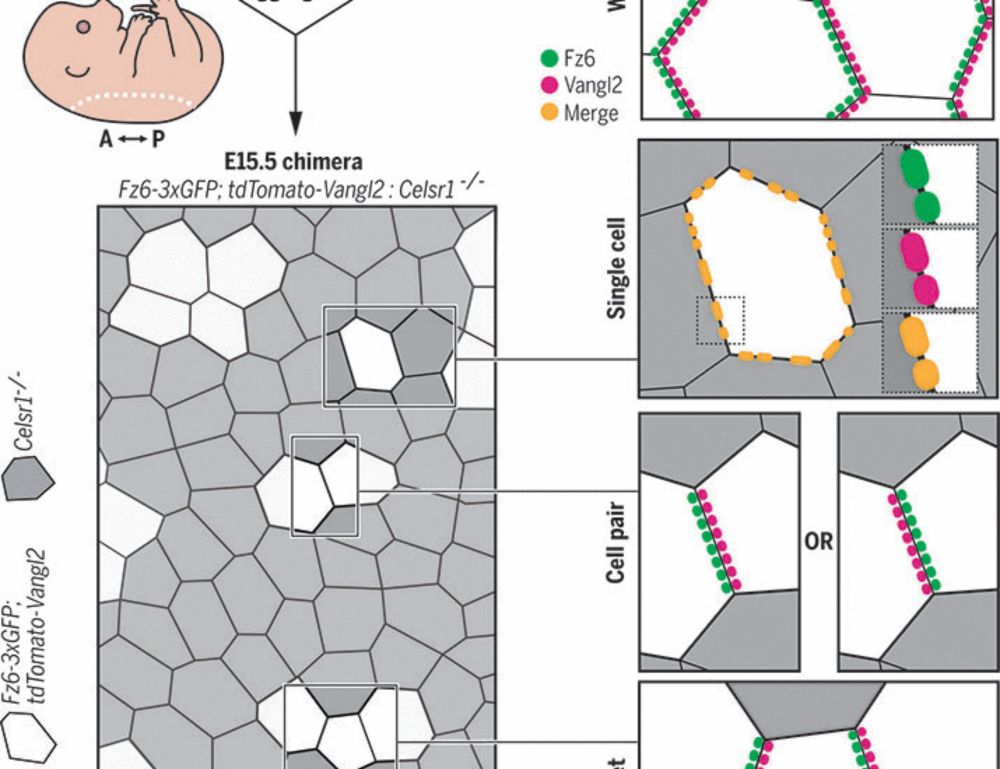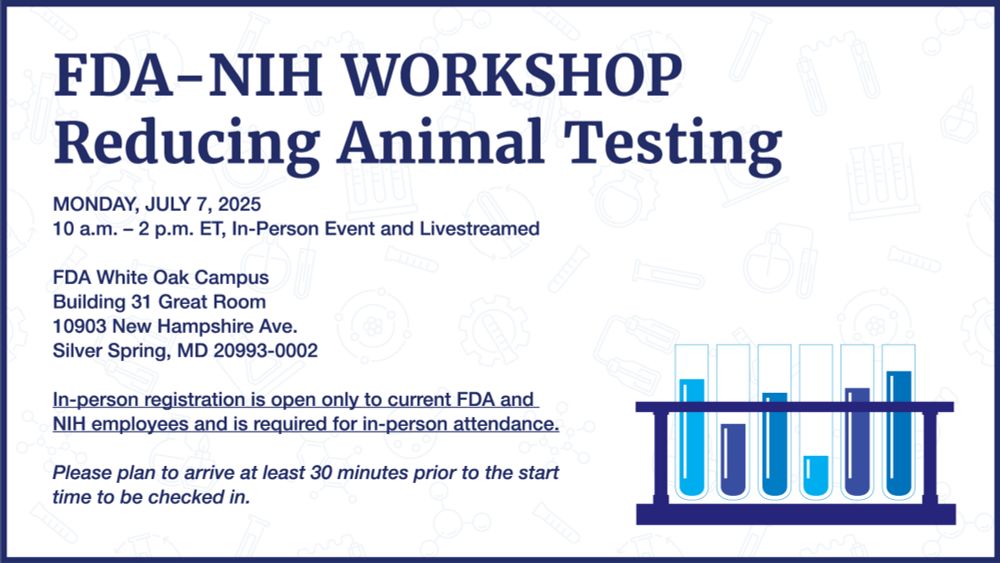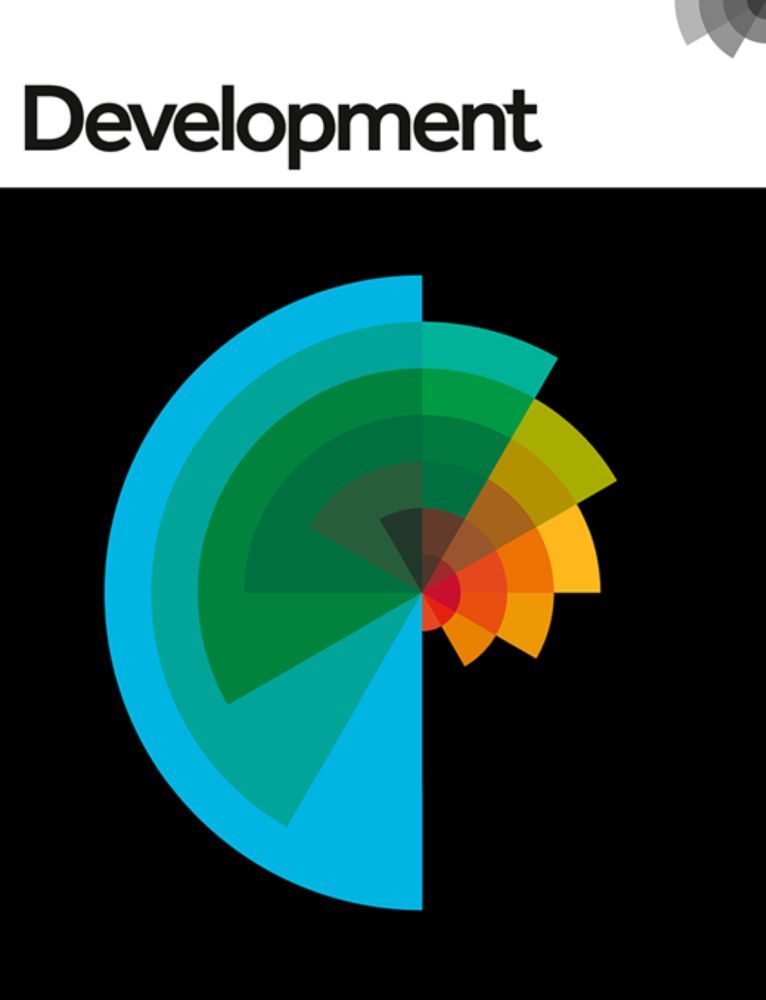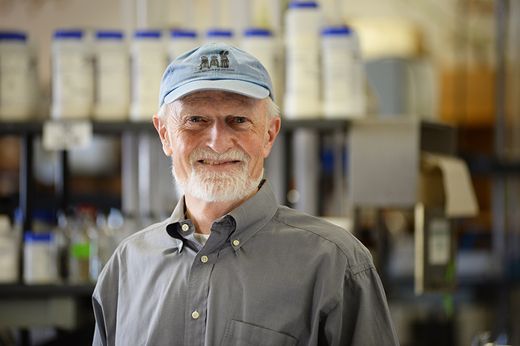Shinuo Weng
@shinuoweng.bsky.social
520 followers
500 following
19 posts
Uncovering the mechanics of life, one cell at a time | https://sweng.wse.jhu.edu/
Posts
Media
Videos
Starter Packs
Reposted by Shinuo Weng
Shinuo Weng
@shinuoweng.bsky.social
· Apr 11
Reposted by Shinuo Weng
Shinuo Weng
@shinuoweng.bsky.social
· Mar 21

Epithelial polarization by the planar cell polarity complex is exclusively non–cell autonomous
For cells to polarize collectively along a tissue plane, asymmetrically localized planar cell polarity (PCP) complexes must form intercellular contacts between neighboring cells. Yet, it is unknown wh...
www.science.org
Shinuo Weng
@shinuoweng.bsky.social
· Jan 29
Reposted by Shinuo Weng
Anna Allen
@akallen10.bsky.social
· Dec 4
Shinuo Weng
@shinuoweng.bsky.social
· Dec 3
Reposted by Shinuo Weng
Reposted by Shinuo Weng
Maik Bischoff
@maikbischoff.bsky.social
· Nov 19
Shinuo Weng
@shinuoweng.bsky.social
· Dec 3
Reposted by Shinuo Weng
Shinuo Weng
@shinuoweng.bsky.social
· Nov 30
Shinuo Weng
@shinuoweng.bsky.social
· Nov 30
Shinuo Weng
@shinuoweng.bsky.social
· Nov 30









